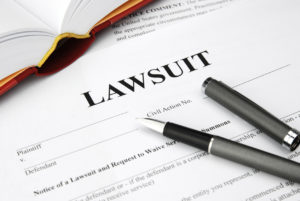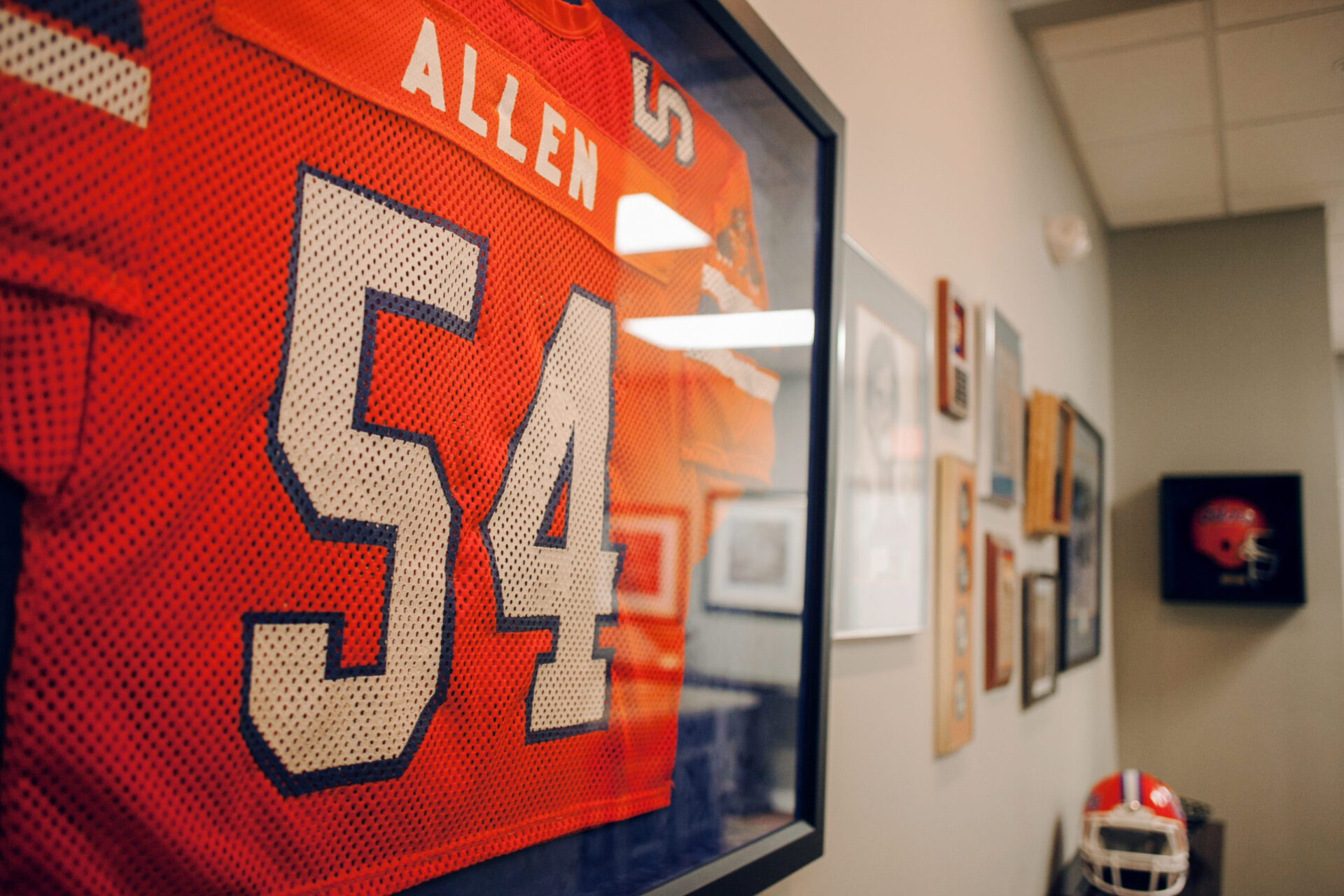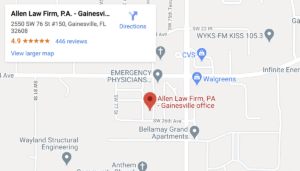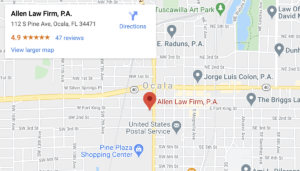What Is Evidence?

There is a whole section of Florida law dedicated to evidence. If you’re in federal court, the Federal Rules of Evidence will apply. The rules of evidence determine what is allowed to be presented to the judge or jury in a personal injury lawsuit. Along with a complex set of rules of civil procedure, evidence is a key part of any court proceeding.
What Is Evidence in a Personal Injury Lawsuit?

In simple terms, evidence is information that helps prove or disprove a fact. If you are hurt in a car accident, construction accident, or slip and fall accident that was caused by someone else, you are usually able to seek compensation in a personal injury lawsuit. But before you get the money you deserve, you must prove that the party is liable for your damages. Presenting compelling evidence is the way to do that.
What Are the Types of Evidence?
Evidence may be direct or circumstantial. While direct evidence is usually the strongest, circumstantial evidence can be compelling. There are many times when direct evidence isn’t available. Circumstantial evidence can often be more convincing since direct evidence like eyewitness testimony can be unreliable.
Direct Evidence
Direct evidence is generally information that can be seen or heard that directly points to the fact you are trying to prove or disprove. Direct evidence will make a clear connection to a fact and not require the judge or jury to assume any chain of events.
Circumstantial Evidence
Circumstantial evidence may strongly suggest that a fact is true based on certain conditions, but it may require the judge or jury to evaluate the evidence and make logical conclusions.
For example, if you were hit by a driver speeding through a red light, a traffic cam video that captured the accident would be direct evidence.
But circumstantial evidence of the same event could still prove liability. In the same scenario, you may be able to testify that your light was green, that you saw the other driver speeding towards the intersection, and that you tried to avoid getting hit. There may be toxicology reports that show the driver was under the influence, your personal injury lawyer might hire an accident reconstructionist to analyze skid marks at the scene, or there may be traffic cams elsewhere that clocked the driver’s speed before the accident. All of this could provide circumstantial evidence that the other driver was at fault.
How Do You Use Evidence in Court?
Evidence must be considered admissible in order to be used in court. For evidence to be admissible, it must be relevant and not subject to exclusion for some reason.
What you think is relevant may be challenged by the other side. You will have to convince the judge that whatever you are trying to present in court is likely to prove or disprove a key fact in your case. Otherwise, the evidence may not be admissible, and you’ll have to find another way to prove that particular fact.
Generally, evidence can be excluded if it is not relevant, if it’s privileged, or if it is hearsay (although some exceptions allow hearsay to be admitted).
The rules of evidence are complex. That’s why hiring a skilled personal injury lawyer is important to the success of your case. Evidentiary mistakes can cost you your entire case.
What Is Negligence, and How Do You Use Evidence to Prove It?
Most personal injury lawsuits are based on negligence. Negligence is a legal theory that allows you to hold someone liable (financially responsible) for damages that they cause when they fail to exercise ordinary care under the circumstances.
Negligence requires you to prove:
- The defendant owed you a duty of care;
- The defendant breached the duty of care;
- The defendant’s conduct caused you harm; and
- You suffered actual damages as a result.
You must prove each element of negligence by a preponderance of the evidence. That means you must show that it was more likely than not that the evidence weighs in your favor.
Evidence in a Personal Injury Case
You will use evidence to establish the duty of care, prove causation, and prove the extent and value of your damages. Strong evidence in your favor can often serve as an incentive for an early settlement. If the other side sees what you will be able to present in court, they may realize that they’ll lose.
Evidence used to prove negligence in a personal injury case could include:
- Eyewitness testimony
- Expert witness testimony
- Maintenance logs
- Photographs of your injuries or the accident scene
- Video footage from security, traffic, or dashboard cameras
- Medical bills
- Employment records to prove the extent of your lost wages
No two cases are alike. The type of evidence used in one case may be unavailable or irrelevant in another case. A reputable personal injury attorney will know how to find, evaluate, and present the strongest evidence for your case. If you need legal help, contact the Allen Law Firm, P.A., or give us a call at (877) 255-3652 today.




